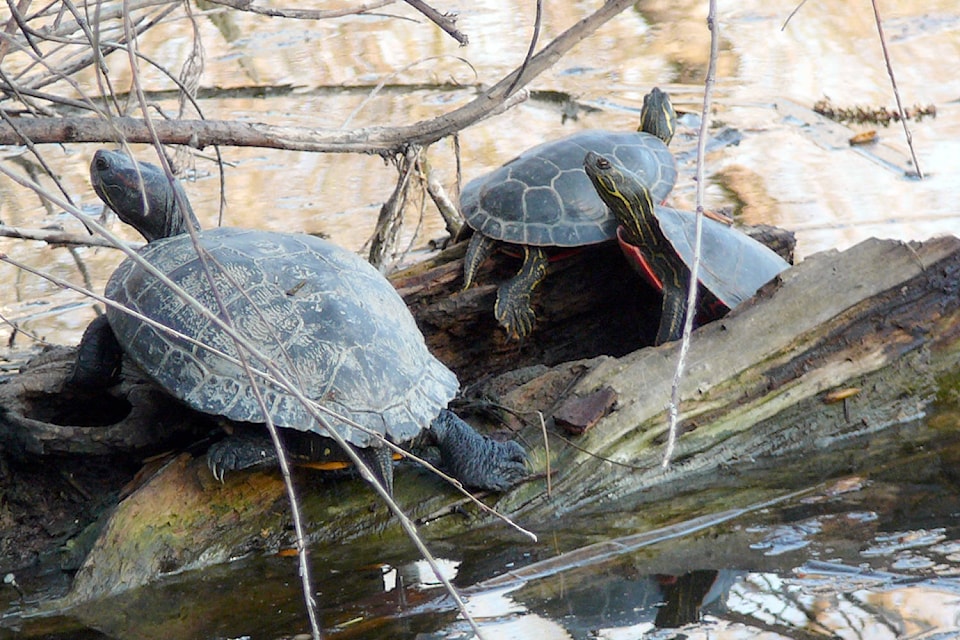By Gwen Steele
It’s hard to imagine hot summer weather that will be here soon.
Now is the time to prepare our landscapes to survive and thrive through such conditions.
For those who have lawn, often the first gardening task is to get winter browned turf to green up fast. This year I invite you to skip the chemical fertilizer and try a soil-building mulch. Spread a layer of organic matter one-half inch deep over your lawn. Within less than a month the mulch will have disappeared into the soil and your lawn will be a vibrant green, ready to mow.
You can use Nature’s Gold, It’s Ogogrow, or well-rotted manure. This improves soil water-holding capacity in sandy soils and drainage in heavy soils. The full spectrum of nutrients slowly release, feeding the grass all year.
There is no spike in growth (which leads to increased mowing and watering) such as occurs with chemical fertilizers.
Chemical fertilizers are high in salts, creating chemical imbalances in the soil, which destroys essential soil micro-organisms, leading to a dependency on regular applications of chemical fertilizers. That creates more work and more expense. Chemical fertilizers can also leach into ground water and end up contaminating our drinking water.
Over-seeding with a drought tolerant mix (e.g. Enviro-turf or Enviro-lawn) for several seasons gradually replaces water-thirsty turf.
Aeration of lawns on compacted, poorly-draining soils before mulching improves drainage. The mulch will fill the holes.
Lawns with a heavy build-up of thatch can be dethatched before mulching. Thatch is caused by frequent watering which encourages drought-vulnerable, shallow roots. Mulching can be done in early spring and/or in the fall.
Twenty-four percent of all water used in the Okanagan Valley goes to irrigate domestic landscapes. Much of this is used to keep lawns green.
Next week I’ll give tips for taking out lawn and ideas of what to replace it with.
To learn more about how you can garden successfully in the Okanagan, reduce water use, and maintenance time and costs, I invite you to attend OXA’s ‘Introduction to the Seven Principles of Xeriscape’ workshop.
There is practical information for making changes to an existing landscape as well as for creating a new landscape and for those who are new to gardening in the Okanagan.
Xeriscape expert Eva Antonijevic uses extensive photos to illustrate the principles of design and planning, soil improvement, practical turf areas, efficient irrigation, use of mulch, good maintenance, and appropriate plant selection.
Dates: Saturday, April 7 at St Michael’s Cathedral Hall 608 Sutherland Avenue, Kelowna or April 28 at Summerland Ornamental Gardens. Both run from 10 a.m to 2 p.m. Details and registration information are on the Classes page on www.okanaganxeriscape.org
OXA’s annual xeriscape plant sale is May 5 from 9 a.m. to noon at the unH2O Xeriscape Garden in front of the Aquatic Centre, 4075 Gordon Drive.
Gwen Steele is executive-director of the non-profit Okanagan Xeriscape Association.
